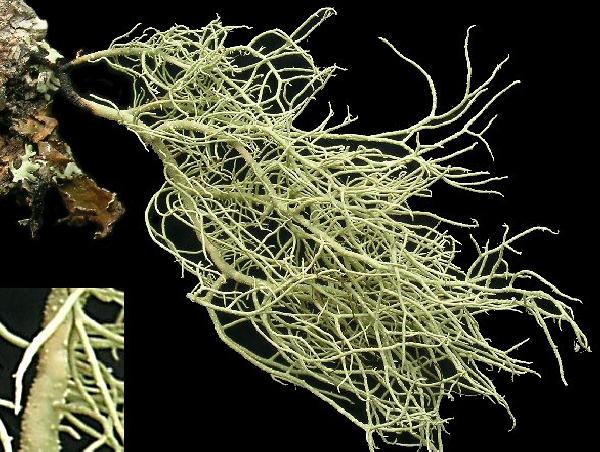Usnea dasopoga (Ach.) Nyl.
in Norrlin, Meddeland. Soc. Fauna Fl. Fenn., 1: 14, 1876. Basionym: Usnea plicata var. dasopoga Ach. - Meth. Lich., Sect. Post.: 312, 1803.
Synonyms: Usnea bicolor (Motyka) Bystrek; Usnea capillaris Motyka; Usnea diplotypus Vain.; Usnea fascinata Bystrek; Usnea fibrillosa Motyka; Usnea filipendula Stirt.; Usnea filipendula var. capillaris (Motyka) Clauzade & Cl. Roux; Usnea flagellata Motyka; Usnea grisea (Motyka) Bystrek; Usnea hirtella (Arnold) Motyka; Usnea muricata Motyka; Usnea saxicola Anders; Usnea stramineola (Motyka) Bystrek; Usnea sublaxa Vain.; Usnea tuberculata (Motyka) Bystrek
Distribution: N - Frl, Ven (Caniglia & al. 1999, Nascimbene & Caniglia 2000b, 2002c, 2003c, Nascimbene & al. 2006e, Nascimbene 2011, Brackel 2013), TAA (Nascimbene & Caniglia 2000b, 2002c, Nascimbene 2003, 2005b, 2014, Nascimbene & al. 2006e, 2007b, 2014, 2022, Lang 2009, Brackel 2013, Nascimbene 2014, Nascimbene & Marini 2015, Nimis & al. 2015, Trindade & al. 2021), Lomb (Alessio & al. 1995, Gheza 2019), Piem (Morisi & Sereno 1995, Isocrono & al. 2004), VA (Piervittori & Isocrono 1999), Emil (Dalle Vedove & al. 2002, Fariselli & al. 2020), Lig (Burguera & al. 2024). C - Tosc (Brackel 2015), Umb (Panfili 2000, Ravera & al. 2006), Laz (Brackel 2015), Abr (Nimis & Tretiach 1999, Brackel 2015, Gheza & al. 2021), Mol (Brackel 2020), Sar (Zedda 2002, 2002b, Cossu 2013). S - Camp (Aprile & al. 2003b, Garofalo & al. 2010), Pugl (Nimis & Tretiach 1999), Bas (Potenza 2006, Potenza & Fascetti 2012), Cal (Puntillo & Vezda 1994, Puntillo 1995, 1996, Brackel & Puntillo 2016), Si (Nimis & al. 1994).
Description: Thallus fruticose-filamentous, pale to dark greenish, pendulous to subpendulous, 15-30(>50) cm long, branching sympodially, mainly anisotomic-dichotomously with divergent branches. Main branches 0.2-0.6(-1) mm thick, one to several, distinct over at least half of thallus length, with distinct annulations, often with everted medulla and longitudinal cracks in the cortex, ± irregular, the segments often slightly swollen in their middle part, with the thickest part close to the base, which is black and with annular cracks. Secondary branches not constricted at attachment point, sinuous in terminal parts, mostly of equal thickness over most of their length. Papillae few to numerous, small and almost inapparent to distinct and verrucose; tubercles absent; fibrils 2-3(-5) mm long, ± regularly distributed along the entire length of branches, arranged at right angles, tending to fall off. Soralia punctiform to rarely enlarged, irregular in outline, flat to capitate/stipitate, occupying half or more the diameter of the branch, originating from fibrils or eroded papillae, with few to numerous, 0.15-0.25 mm long isidiomorphs (at least on young soralia). Cortex matt in longitudinal section, rather thick (8-13% of total branch thickness); medulla white, rather dense to compact, moderately thin (13-26%); central axis white, thick (36-51%); ratio axis/medulla ranging between 1.5 and 4. Apothecia rare, terminal or subterminal, lecanorine, 0.5-1 mm across. Asci 8-spored, Lecanora-type. Ascospores 1-celled, hyaline, ellipsoid. Photobiont chlorococcoid. Spot tests: cortex K-, C-, KC-, P-; medulla K+ yellow turning blood-red (rarely K-), C- or C+ reddish, KC- or KC+ reddish, P+ yellow-orange (rarely P-). Chemistry: cortex with usnic acid; medulla with salazínic acid (major) and protocetraric acid (accessory), very rarely without lichen substances.Note: a variable species, most common in humid montane deciduous forests with frequent fog, both on branches and on boles. Although most Italian records need confirmation, the species is certainly widespread in the Alps and along the Apennines. According to Clerc (2011) U. diplotypus corresponds to short morphotypes of U. dasopoga. The name was frequently spelled dasypoga in the past.
Growth form: Fruticose filamentous
Substrata: bark
Photobiont: green algae other than Trentepohlia
Reproductive strategy: mainly asexual, by soredia, or soredia-like structures (e.g. blastidia)
Commonnes-rarity: (info)
Alpine belt: absent
Subalpine belt: rare
Oromediterranean belt: very rare
Montane belt: rather common
Submediterranean belt: absent
Padanian area: absent
Humid submediterranean belt: very rare
Humid mediterranean belt: extremely rare
Dry mediterranean belt: absent
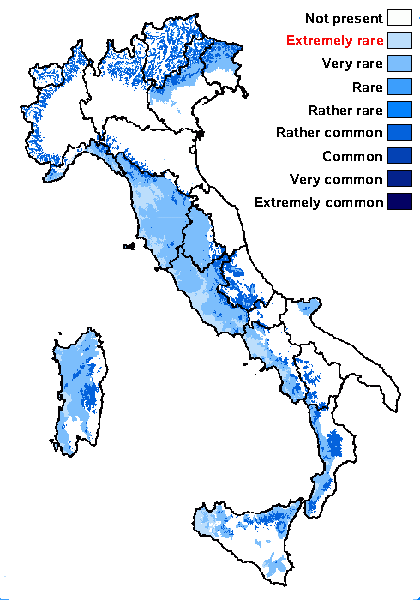
Predictive model
Herbarium samples

Tiiu Tõrra; Owner: Tiiu Tõrra - Institute of Ecology and Earth Sciences, University of Tartu, Estonia
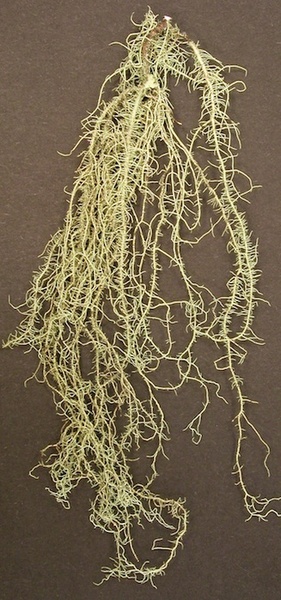
Tiiu Tõrra; Owner: Tiiu Tõrra - Institute of Ecology and Earth Sciences, University of Tartu, Estonia
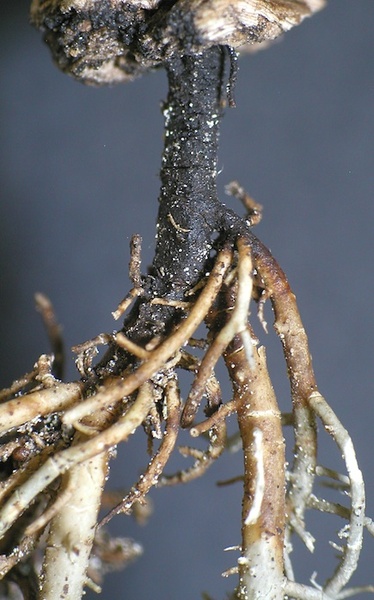
Tiiu Tõrra; Owner: Tiiu Tõrra - Institute of Ecology and Earth Sciences, University of Tartu, Estonia
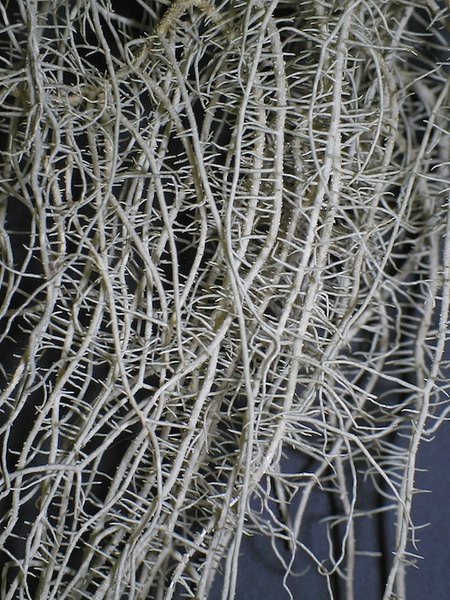
Tiiu Tõrra; Owner: Tiiu Tõrra - Institute of Ecology and Earth Sciences, University of Tartu, Estonia
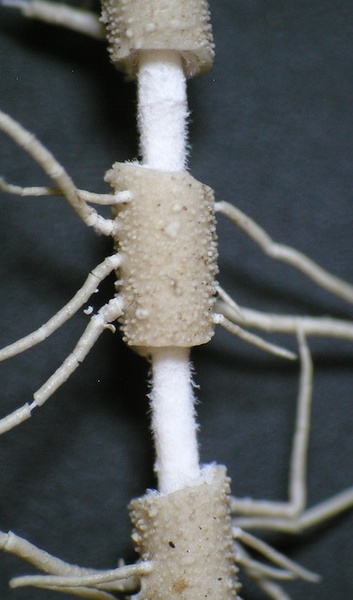
Tiiu Tõrra; Owner: Tiiu Tõrra - Institute of Ecology and Earth Sciences, University of Tartu, Estonia

Tiiu Tõrra; Owner: Tiiu Tõrra - Institute of Ecology and Earth Sciences, University of Tartu, Estonia
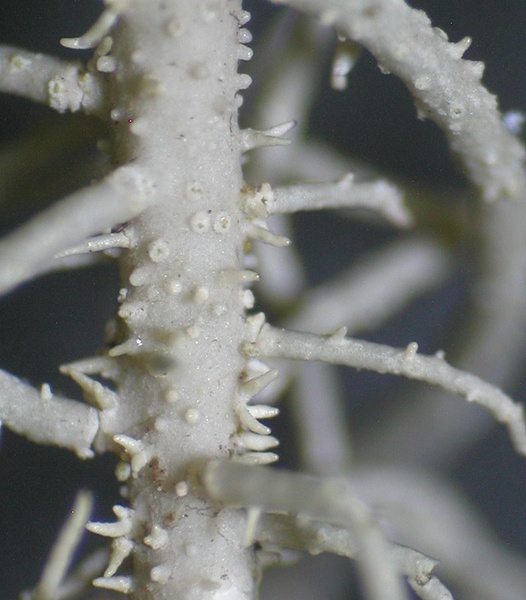
Tiiu Tõrra; Owner: Tiiu Tõrra - Institute of Ecology and Earth Sciences, University of Tartu, Estonia
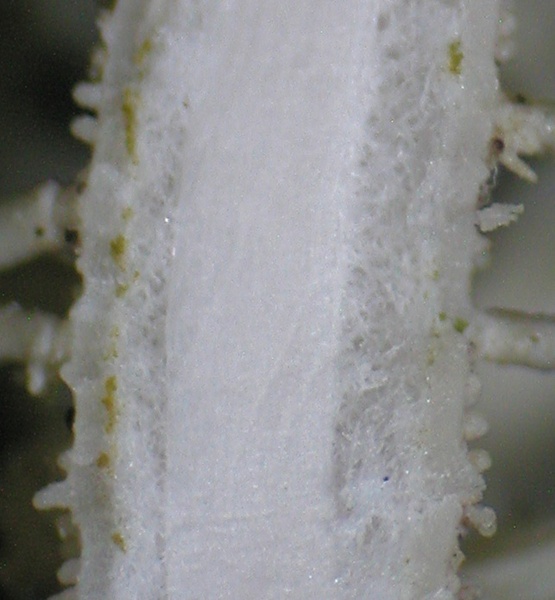
Tiiu Tõrra; Owner: Tiiu Tõrra - Institute of Ecology and Earth Sciences, University of Tartu, Estonia
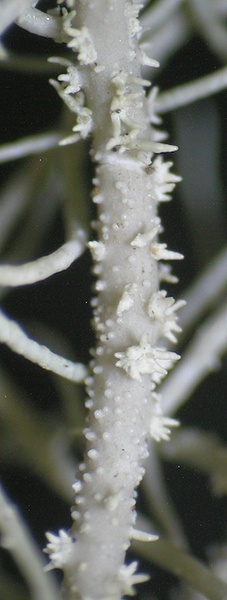
Tiiu Tõrra; Owner: Tiiu Tõrra - Institute of Ecology and Earth Sciences, University of Tartu, Estonia
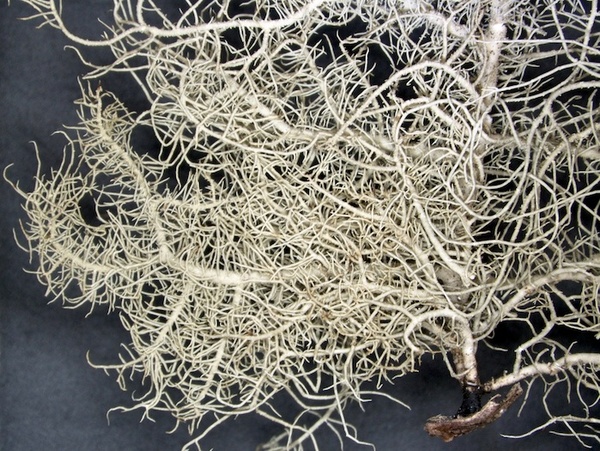
Tiiu Tõrra; Owner: Tiiu Tõrra - Institute of Ecology and Earth Sciences, University of Tartu, Estonia
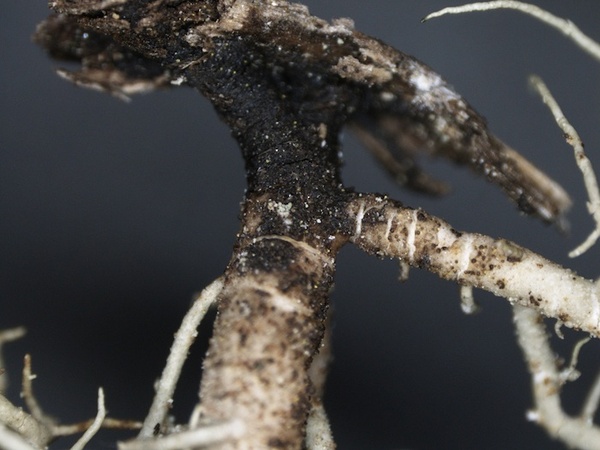
Tiiu Tõrra; Owner: Tiiu Tõrra - Institute of Ecology and Earth Sciences, University of Tartu, Estonia

Tiiu Tõrra; Owner: Tiiu Tõrra - Institute of Ecology and Earth Sciences, University of Tartu, Estonia
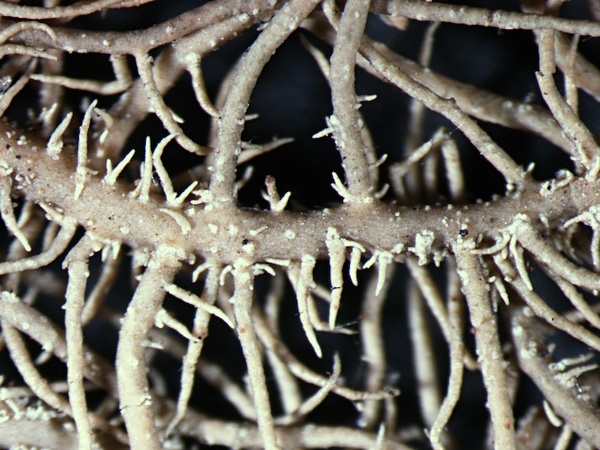
Tiiu Tõrra; Owner: Tiiu Tõrra - Institute of Ecology and Earth Sciences, University of Tartu, Estonia
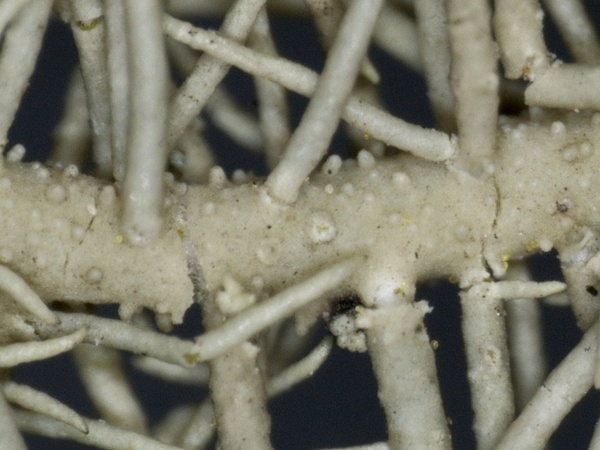
Tiiu Tõrra; Owner: Tiiu Tõrra - Institute of Ecology and Earth Sciences, University of Tartu, Estonia

Tiiu Tõrra; Owner: Tiiu Tõrra - Institute of Ecology and Earth Sciences, University of Tartu, Estonia
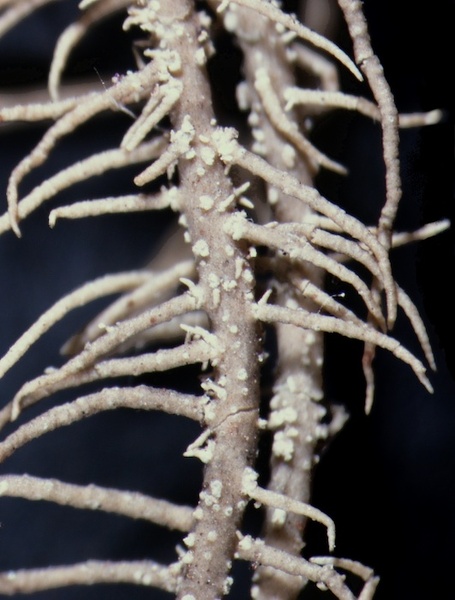
Tiiu Tõrra; Owner: Tiiu Tõrra - Institute of Ecology and Earth Sciences, University of Tartu, Estonia
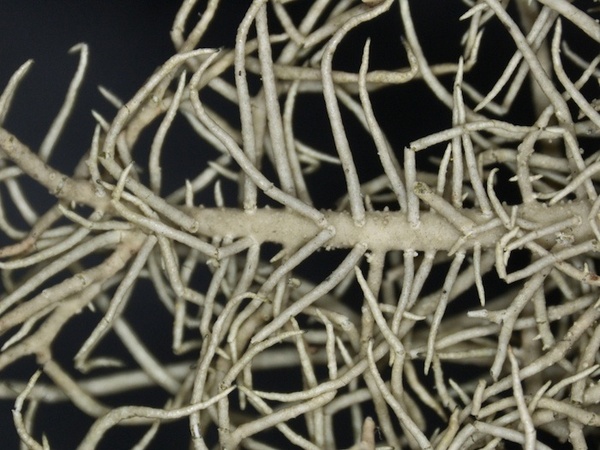
Tiiu Tõrra; Owner: Tiiu Tõrra - Institute of Ecology and Earth Sciences, University of Tartu, Estonia
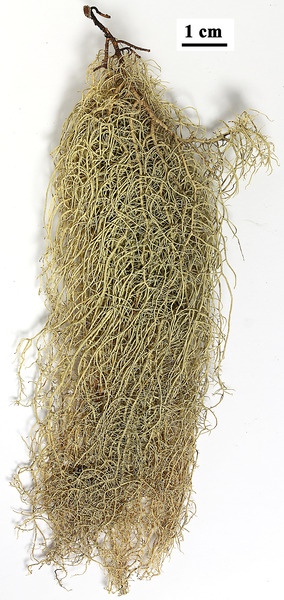

Felix Schumm - CC BY-SA 4.0
[18924], Frankreich, Vogesen, im Wald an der Straße von La Bresse in Richtung Col de la Schlucht, 48.04830° N, 6.99224° E, 954 m. Leg. F. Schumm 26.06.2013, det. F. Schumm.
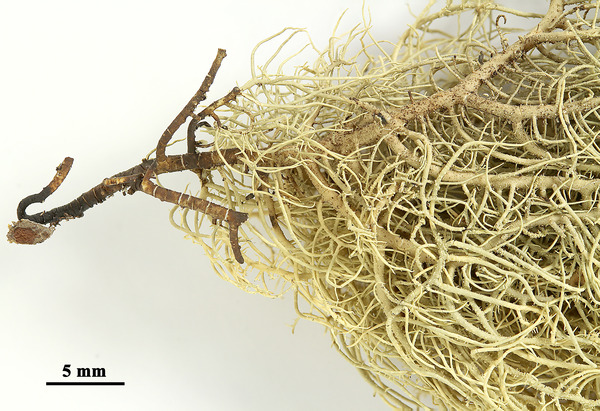

Felix Schumm - CC BY-SA 4.0
[18924], Frankreich, Vogesen, im Wald an der Straße von La Bresse in Richtung Col de la Schlucht, 48.04830° N, 6.99224° E, 954 m. Leg. F. Schumm 26.06.2013, det. F. Schumm.
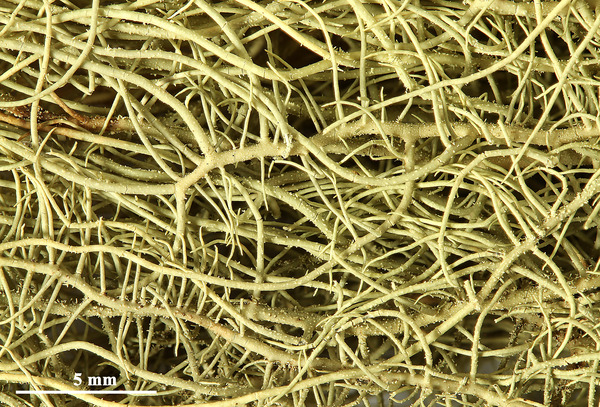

Felix Schumm - CC BY-SA 4.0
[18924], Frankreich, Vogesen, im Wald an der Straße von La Bresse in Richtung Col de la Schlucht, 48.04830° N, 6.99224° E, 954 m. Leg. F. Schumm 26.06.2013, det. F. Schumm.
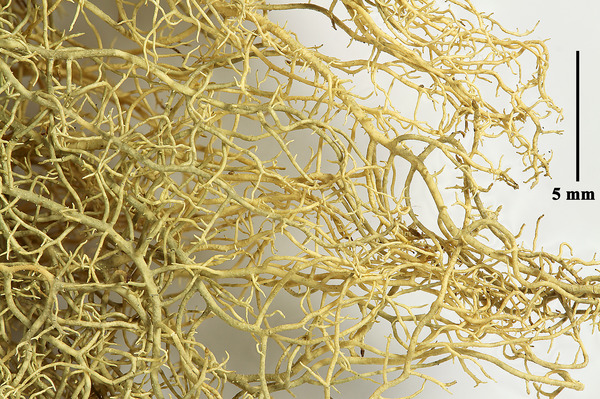

Felix Schumm - CC BY-SA 4.0
[18924], Frankreich, Vogesen, im Wald an der Straße von La Bresse in Richtung Col de la Schlucht, 48.04830° N, 6.99224° E, 954 m. Leg. F. Schumm 26.06.2013, det. F. Schumm.
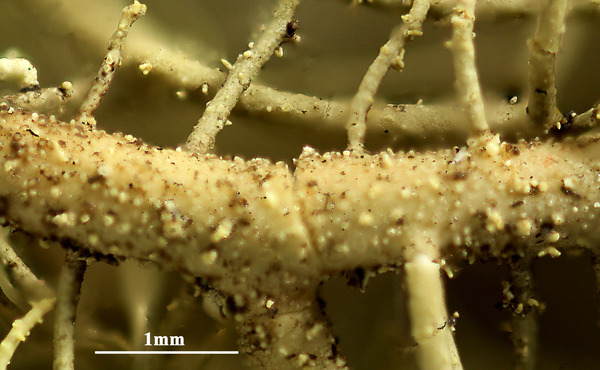

Felix Schumm - CC BY-SA 4.0
[18924], Frankreich, Vogesen, im Wald an der Straße von La Bresse in Richtung Col de la Schlucht, 48.04830° N, 6.99224° E, 954 m. Leg. F. Schumm 26.06.2013, det. F. Schumm.


Felix Schumm - CC BY-SA 4.0
[18924], Frankreich, Vogesen, im Wald an der Straße von La Bresse in Richtung Col de la Schlucht, 48.04830° N, 6.99224° E, 954 m. Leg. F. Schumm 26.06.2013, det. F. Schumm.


Felix Schumm - CC BY-SA 4.0
[18924], Frankreich, Vogesen, im Wald an der Straße von La Bresse in Richtung Col de la Schlucht, 48.04830° N, 6.99224° E, 954 m. Leg. F. Schumm 26.06.2013, det. F. Schumm.
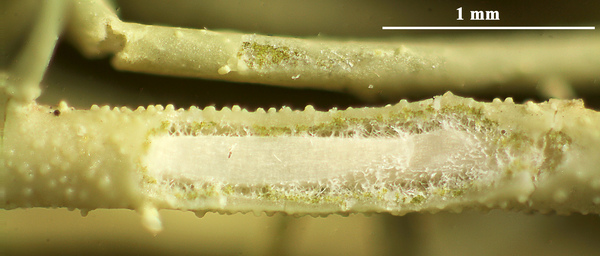

Felix Schumm - CC BY-SA 4.0
[18924], Frankreich, Vogesen, im Wald an der Straße von La Bresse in Richtung Col de la Schlucht, 48.04830° N, 6.99224° E, 954 m. Leg. F. Schumm 26.06.2013, det. F. Schumm.
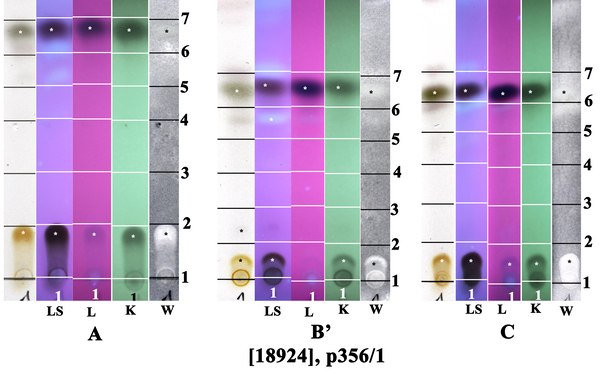

Felix Schumm - CC BY-SA 4.0
[18924], Frankreich, Vogesen, im Wald an der Straße von La Bresse in Richtung Col de la Schlucht, 48.04830° N, 6.99224° E, 954 m. Leg. F. Schumm 26.06.2013, det. F. Schumm.
us: usnic acid, sa: salazinic acid, conf. J.A.Elix
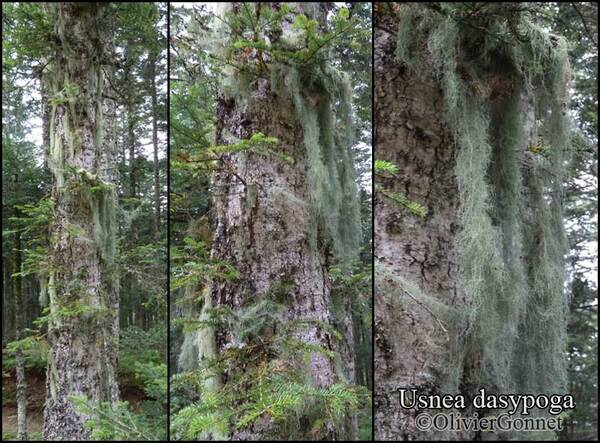
Courtesy Danièle et Olivier Gonnet - Source: https://www.afl-lichenologie.fr/Photos_AFL/Photos_AFL_U/Usnea_dasypoga.htm
France, 9/8/2011 - sur Abies - Saint-Jean-la-vêtre - Loire
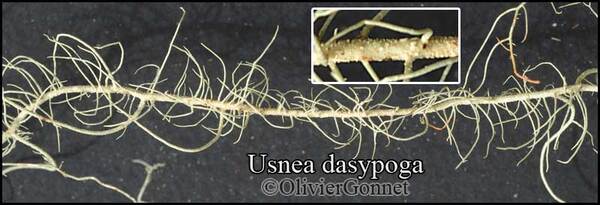
Courtesy Danièle et Olivier Gonnet - Source: https://www.afl-lichenologie.fr/Photos_AFL/Photos_AFL_U/Usnea_dasypoga.htm
France, 9/8/2011 - sur Abies - Saint-Jean-la-vêtre - Loire

Courtesy Danièle et Olivier Gonnet - Source: https://www.afl-lichenologie.fr/Photos_AFL/Photos_AFL_U/Usnea_dasypoga.htm
France, 9/8/2011 - sur Abies - Saint-Jean-la-vêtre - Loire

Courtesy Danièle et Olivier Gonnet - Source: https://www.afl-lichenologie.fr/Photos_AFL/Photos_AFL_U/Usnea_dasypoga.htm
France, 9/8/2011 - sur Abies - Saint-Jean-la-vêtre - Loire

Courtesy Danièle et Olivier Gonnet - Source: https://www.afl-lichenologie.fr/Photos_AFL/Photos_AFL_U/Usnea_dasypoga.htm
France, 9/8/2011 - sur Abies - Saint-Jean-la-vêtre - Loire
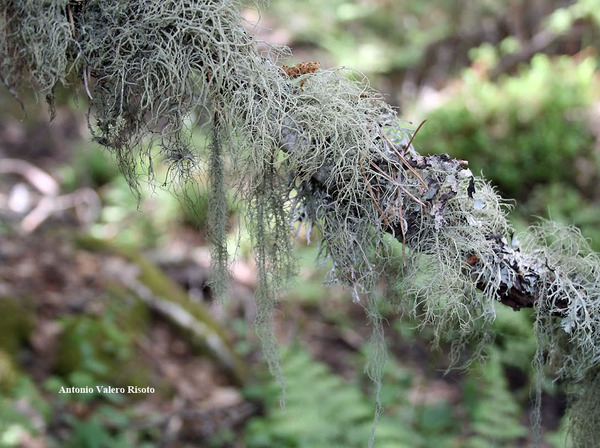
Anotnio Valero Risoto - Source: http://www.lichensmaritimes.org/index.php?task=fiche&lichen=522&lang=en
Spain, Madrid Region
Growth form: Fruticose filamentous
Substrata: bark
Photobiont: green algae other than Trentepohlia
Reproductive strategy: mainly asexual, by soredia, or soredia-like structures (e.g. blastidia)
Commonnes-rarity: (info)
Alpine belt: absent
Subalpine belt: rare
Oromediterranean belt: very rare
Montane belt: rather common
Submediterranean belt: absent
Padanian area: absent
Humid submediterranean belt: very rare
Humid mediterranean belt: extremely rare
Dry mediterranean belt: absent

Predictive model
| Herbarium samples |

Tiiu Tõrra; Owner: Tiiu Tõrra - Institute of Ecology and Earth Sciences, University of Tartu, Estonia

Tiiu Tõrra; Owner: Tiiu Tõrra - Institute of Ecology and Earth Sciences, University of Tartu, Estonia

Tiiu Tõrra; Owner: Tiiu Tõrra - Institute of Ecology and Earth Sciences, University of Tartu, Estonia

Tiiu Tõrra; Owner: Tiiu Tõrra - Institute of Ecology and Earth Sciences, University of Tartu, Estonia

Tiiu Tõrra; Owner: Tiiu Tõrra - Institute of Ecology and Earth Sciences, University of Tartu, Estonia

Tiiu Tõrra; Owner: Tiiu Tõrra - Institute of Ecology and Earth Sciences, University of Tartu, Estonia

Tiiu Tõrra; Owner: Tiiu Tõrra - Institute of Ecology and Earth Sciences, University of Tartu, Estonia

Tiiu Tõrra; Owner: Tiiu Tõrra - Institute of Ecology and Earth Sciences, University of Tartu, Estonia

Tiiu Tõrra; Owner: Tiiu Tõrra - Institute of Ecology and Earth Sciences, University of Tartu, Estonia

Tiiu Tõrra; Owner: Tiiu Tõrra - Institute of Ecology and Earth Sciences, University of Tartu, Estonia

Tiiu Tõrra; Owner: Tiiu Tõrra - Institute of Ecology and Earth Sciences, University of Tartu, Estonia

Tiiu Tõrra; Owner: Tiiu Tõrra - Institute of Ecology and Earth Sciences, University of Tartu, Estonia

Tiiu Tõrra; Owner: Tiiu Tõrra - Institute of Ecology and Earth Sciences, University of Tartu, Estonia

Tiiu Tõrra; Owner: Tiiu Tõrra - Institute of Ecology and Earth Sciences, University of Tartu, Estonia

Tiiu Tõrra; Owner: Tiiu Tõrra - Institute of Ecology and Earth Sciences, University of Tartu, Estonia

Tiiu Tõrra; Owner: Tiiu Tõrra - Institute of Ecology and Earth Sciences, University of Tartu, Estonia

Tiiu Tõrra; Owner: Tiiu Tõrra - Institute of Ecology and Earth Sciences, University of Tartu, Estonia


Felix Schumm - CC BY-SA 4.0
[18924], Frankreich, Vogesen, im Wald an der Straße von La Bresse in Richtung Col de la Schlucht, 48.04830° N, 6.99224° E, 954 m. Leg. F. Schumm 26.06.2013, det. F. Schumm.


Felix Schumm - CC BY-SA 4.0
[18924], Frankreich, Vogesen, im Wald an der Straße von La Bresse in Richtung Col de la Schlucht, 48.04830° N, 6.99224° E, 954 m. Leg. F. Schumm 26.06.2013, det. F. Schumm.


Felix Schumm - CC BY-SA 4.0
[18924], Frankreich, Vogesen, im Wald an der Straße von La Bresse in Richtung Col de la Schlucht, 48.04830° N, 6.99224° E, 954 m. Leg. F. Schumm 26.06.2013, det. F. Schumm.


Felix Schumm - CC BY-SA 4.0
[18924], Frankreich, Vogesen, im Wald an der Straße von La Bresse in Richtung Col de la Schlucht, 48.04830° N, 6.99224° E, 954 m. Leg. F. Schumm 26.06.2013, det. F. Schumm.


Felix Schumm - CC BY-SA 4.0
[18924], Frankreich, Vogesen, im Wald an der Straße von La Bresse in Richtung Col de la Schlucht, 48.04830° N, 6.99224° E, 954 m. Leg. F. Schumm 26.06.2013, det. F. Schumm.


Felix Schumm - CC BY-SA 4.0
[18924], Frankreich, Vogesen, im Wald an der Straße von La Bresse in Richtung Col de la Schlucht, 48.04830° N, 6.99224° E, 954 m. Leg. F. Schumm 26.06.2013, det. F. Schumm.


Felix Schumm - CC BY-SA 4.0
[18924], Frankreich, Vogesen, im Wald an der Straße von La Bresse in Richtung Col de la Schlucht, 48.04830° N, 6.99224° E, 954 m. Leg. F. Schumm 26.06.2013, det. F. Schumm.


Felix Schumm - CC BY-SA 4.0
[18924], Frankreich, Vogesen, im Wald an der Straße von La Bresse in Richtung Col de la Schlucht, 48.04830° N, 6.99224° E, 954 m. Leg. F. Schumm 26.06.2013, det. F. Schumm.


Felix Schumm - CC BY-SA 4.0
[18924], Frankreich, Vogesen, im Wald an der Straße von La Bresse in Richtung Col de la Schlucht, 48.04830° N, 6.99224° E, 954 m. Leg. F. Schumm 26.06.2013, det. F. Schumm.
us: usnic acid, sa: salazinic acid, conf. J.A.Elix

Courtesy Danièle et Olivier Gonnet - Source: https://www.afl-lichenologie.fr/Photos_AFL/Photos_AFL_U/Usnea_dasypoga.htm
France, 9/8/2011 - sur Abies - Saint-Jean-la-vêtre - Loire

Courtesy Danièle et Olivier Gonnet - Source: https://www.afl-lichenologie.fr/Photos_AFL/Photos_AFL_U/Usnea_dasypoga.htm
France, 9/8/2011 - sur Abies - Saint-Jean-la-vêtre - Loire

Courtesy Danièle et Olivier Gonnet - Source: https://www.afl-lichenologie.fr/Photos_AFL/Photos_AFL_U/Usnea_dasypoga.htm
France, 9/8/2011 - sur Abies - Saint-Jean-la-vêtre - Loire

Courtesy Danièle et Olivier Gonnet - Source: https://www.afl-lichenologie.fr/Photos_AFL/Photos_AFL_U/Usnea_dasypoga.htm
France, 9/8/2011 - sur Abies - Saint-Jean-la-vêtre - Loire

Courtesy Danièle et Olivier Gonnet - Source: https://www.afl-lichenologie.fr/Photos_AFL/Photos_AFL_U/Usnea_dasypoga.htm
France, 9/8/2011 - sur Abies - Saint-Jean-la-vêtre - Loire

 INDEX FUNGORUM
INDEX FUNGORUM
 GBIF
GBIF
 DOLICHENS
DOLICHENS

